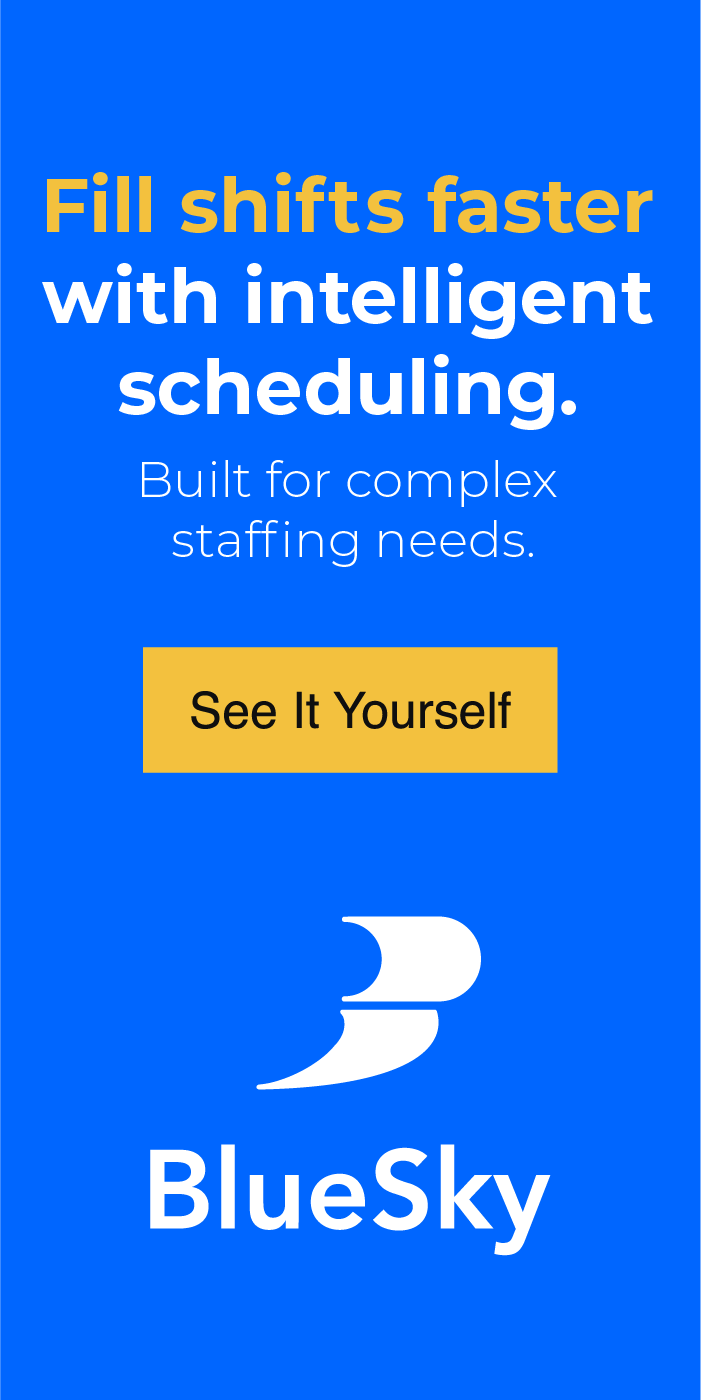2020 Healthcare Trend: Increased Focus on Population Health. Today, more and more hospitals and healthcare organizations are engaging in community health management, better known as population health. But what exactly does this term mean?
Understanding Population Health
Population health is best defined as the health outcomes of a group of individuals, including the distribution of such outcomes and the social determinants of health. The goal of population health is to reduce health inequalities and gaps among different populations. Finding differences is usually done by addressing the social determinants of health (SDOH), which are thought of as the social and economic factors distributed among a population that affects differences in health status.
These are not individual risk factors like genetic makeup but are things like the distribution of wealth among a population. The idea is that health begins in the community, whether that means at home, school, work, or elsewhere. It is in these settings where people practice healthy habits, such as eating right, being active, not smoking, getting immunizations and screenings, etc. Unfortunately, all people do not have access to the same opportunities or resources, and this is the reason that such health disparities exist.
Building a Population Health Management System
Population health doesn’t just require a new way of thinking, but a new way of executing the daily tasks of patient care. Luckily, many executives are already enthusiastic about implementing population health tools and strategies. A market report from 2015 found that CIOs, CMIOs, and even CFOs are very interested in equipping their organizations with the technology required to manage patients on a broad scale.
Once a healthcare organization has developed an understanding of the people’s power and tech tools available, it can decide how to use them, how to augment them, and how to achieve its ultimate goals. While you’re brainstorming the improvements you can commit to your current outreach process, you’ll want to dive into these topics with key decision makers.
Do you have a clear picture of the socioeconomic issues facing our patients?
- What is the average health literacy level?
- How will we communicate with them?
- Do the majority have access to the internet at home, or should we investigate a texting-based platform?
- Is there a community or local advocate who would want to get involved?
Do we understand our geographical region and the health resources available to our patients?
- Can we reach out to the public health department, school districts, and community leadership organizations to better understand the challenges of this particular area?
- Are there specific issues that could be targeted in the short-term plans versus the long-term plans?
Have we thoroughly assessed our baseline data integrity and analytics competencies?
- Do we understand how our data accuracy, quality, completeness, and timeliness will affect our population health management insights?
- Do we have the skilled staff on board to help meet these data challenges? Should we consider outsourcing any of our technology or business processes?
- Is there a local health information exchange organization that provides access to population health insights?
- Is there still a regional extension center nearby that can advise on technology adoption and planning?
- Is this information from the current technological era?
What is the first project we should tackle, and what are the anticipated results?
- Does this benefit the community immediately, if not what would the timeline be?
- What kind of community involvement can we leverage?
- How will we report on its outcomes, and what will we do with that information?
Summing it Up
The answers to these questions and others will determine how deeply a hospital or healthcare organization can get involved in population health management – and how to grow its skills and competencies to expand participation in the future.
As the region’s leading software platform for healthcare staffing fulfillment, BlueSky Medical Staffing Software’s complete front-to-back office solution is built specifically for the health care staffing market. Ready to learn more? Contact us today.

